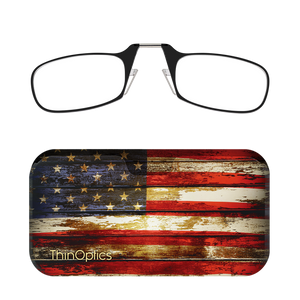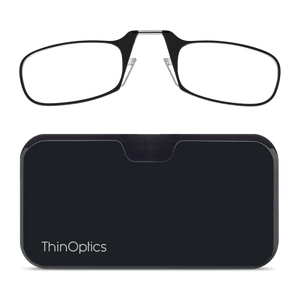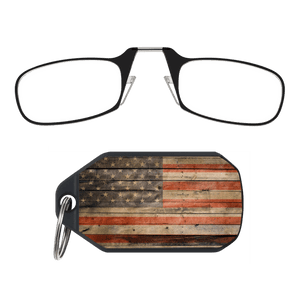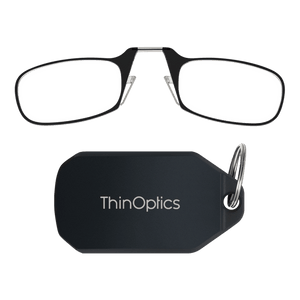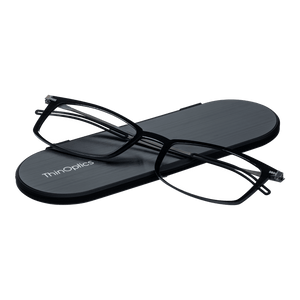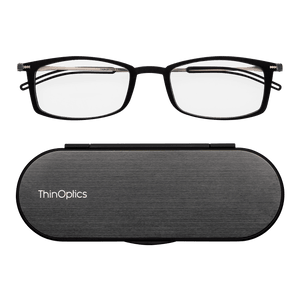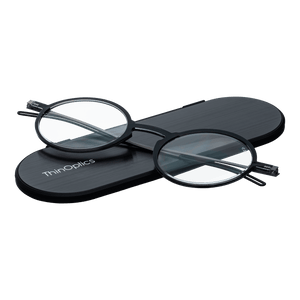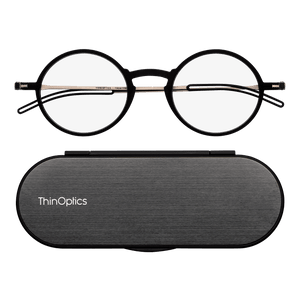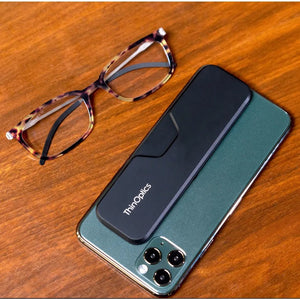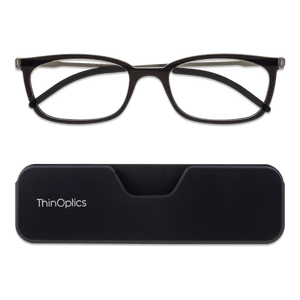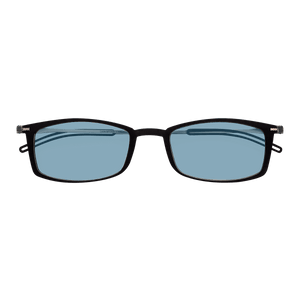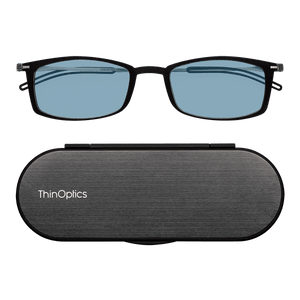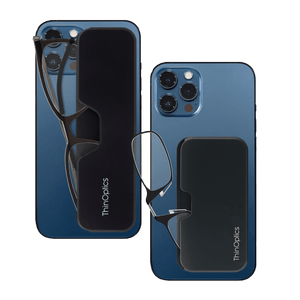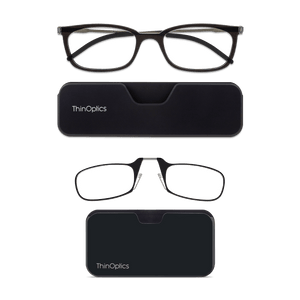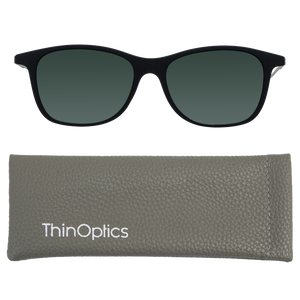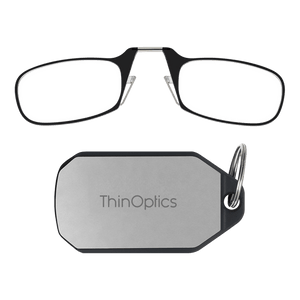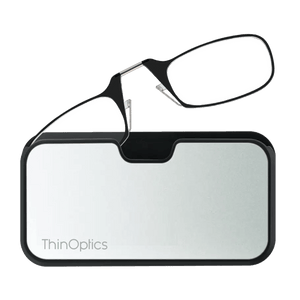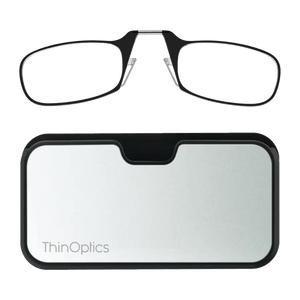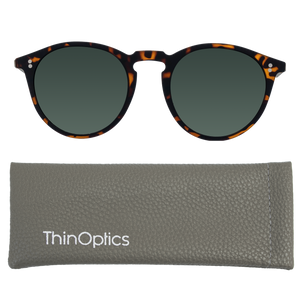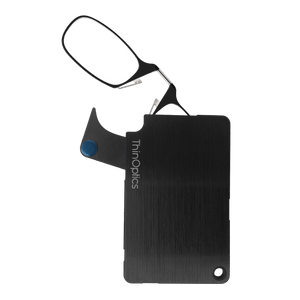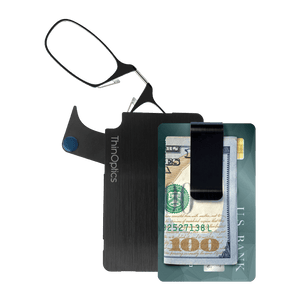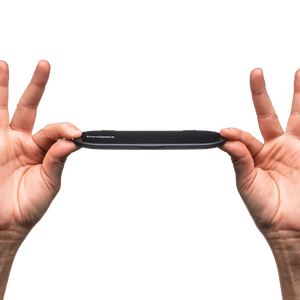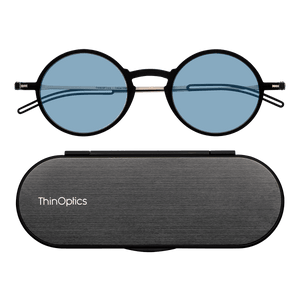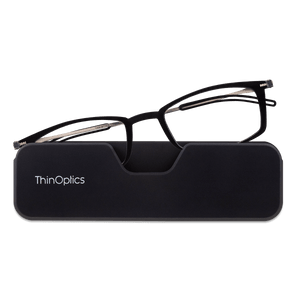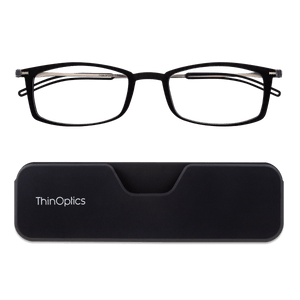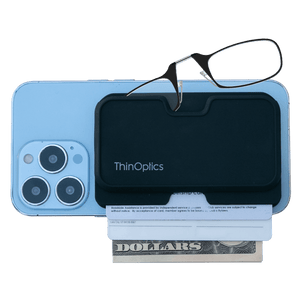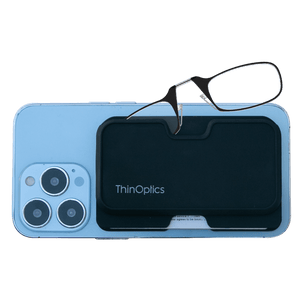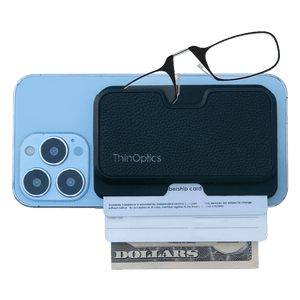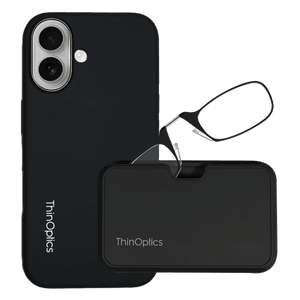How to Read Your Glasses Prescription: A Simple Guide

Ever stare at your glasses prescription and think, “Is this a secret code?” Don’t worry—you’re not alone. All those abbreviations (SPH? CYL? Axis??) can look like a math test. But once you understand what each part means, it's actually pretty simple. Here’s a breakdown of the key terms you’ll see and what they mean for your eyes—and your next pair of specs.

SPH (Sphere)
SPH tells you how strong your lens needs to be to correct nearsightedness or farsightedness.
-
A minus sign (-) before the number? That means you’re nearsighted—you see better up close than far away.
-
A plus sign (+)? You’re farsighted—distance is clearer than things right in front of you.
So if your SPH is -2.00, you're nearsighted and need lenses that bring far-away stuff into focus.

CYL (Cylinder)
CYL corrects astigmatism, which happens when your eye isn’t perfectly round (think football-shaped instead of soccer ball).
-
If there’s a number here, you’ve got astigmatism.
-
No number? You probably don’t.
More astigmatism = a higher CYL. But no stress—it’s super common, and modern lenses handle it like a pro.

Axis
This one goes hand-in-hand with CYL.
Axis tells the lens where to place the correction for your astigmatism. It’s measured in degrees (1 to 180).
Think of it like directions on a compass, showing the angle your lens needs to be tweaked to keep things clear.
ADD
ADD is all about close-up clarity. If you’re rocking reading glasses or progressives, this number matters.
It shows the extra magnifying power you need to see things up close—usually for folks over 40 dealing with presbyopia (aka the not-so-fun part of aging eyes).
Most ADD values range from +0.75 to +3.00. That number gets added on top of your distance correction when you're using multifocal lenses.
Pro tip: If you’re only shopping for reading glasses, you don’t necessarily need a prescription. You can find your perfect strength in seconds with our online strength test—quick, easy, and no appointment required.

PD (Pupillary Distance)
PD is the distance between your pupils in millimeters. Why does it matter? Because lenses need to sit in just the right spot on your face to work their magic.
If your PD is off, even the most perfect prescription won’t feel right.
This number might not always be on your prescription, but it's crucial when ordering glasses online.
Now that you’re armed with the know-how, decoding your prescription won’t feel like solving a puzzle. And whether you need full prescription glasses or just readers, we’ve got options that don’t skimp on style or comfort.

Check out our all-new Prescription Frames—just as thin, durable, and travel-ready as our readers, but now with more frame styles, colors, and customization. Think progressives, transitions, blue light blockers… all in a sleek, portable package.
Or if reading is your main game, our legendary Reading Glasses are always within reach. Pocket. Phone. Keychain. Boom—clarity, wherever you go.

